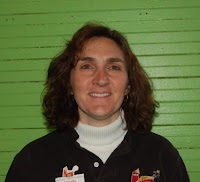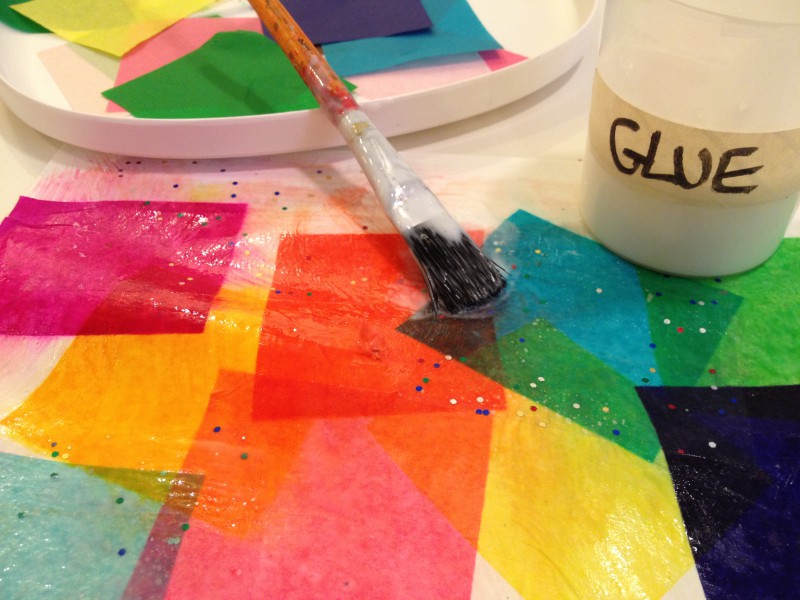As a parent, you must first evaluate where you are emotionally at this time of the year. Many parents feel overwhelmed by the multiple commitments that they have made. Certainly, all of this preoccupation with shopping, cooking and planning for the holidays, may leave less time for your children. Ironically, this can create more frustration during a time that is supposed to be joyous.
The good news is that there are a number of things that parents can do to prepare themselves and their children in advance. For one, you can involve your child in the process of planning for the holidays. Ask your child what they like and do not like about the family’s usual method of celebration. Take the time to really listen and validate their feelings. Allow your child to participate in some of the holiday planning. In addition to taking in some of you’re their suggestions, you can also begin to teach your child how important it is to compromise.
Many children get easily over-stimulated during holiday time. It is extremely important to create as much structure as possible, even in the midst of a chaotic schedule. Children may benefit from knowing the schedule ahead of time. Whether you are going shopping with your child, to a family gathering or on a day trip, try to keep as much consistency as possible.
Shopping trips, for example, can be made easier, with a few simple preparations. To begin with, shopping trips should be time-limited. It is difficult for many children to shop for more than one hour without a break. Perhaps, you can treat the child to ice cream, as a reward, in between shopping trips. Make sure that you set the rules and expectations prior to the shopping trip. Token rewards can come a long way. Parents should plan what they need to buy, as much as possible, ahead of time. In setting clear behavioral expectations for your child, prior to the shopping trip, it is also important to set consequences beforehand.
Although schedules may be busy, parents should not underestimate the importance of kids getting adequate sleep. Sleep is essential for both physical health and for mental health. If you do notice that your child appears more irritable, consider the possibility that he or she has not been getting enough sleep. You can start by trying to keep very similar bedtime hours as you do during non-holiday times. A child will benefit from some quiet time during the day and especially at night, right before bed. Perhaps, having the child take a bath, read a book or listen to some quiet music can be soothing. If you feel that your child is overwhelmed from all of the day’s activities, you can also try to soothe your child by having a conversation with him or her. Acknowledge all of the things that he or she did during the day that were positive. Allow children to express their feelings without being judgmental.
In addition to creating as much structure as possible, it is also helpful to practice some of the communication and social skills that are at the forefront of holiday time. Children, who struggle socially, may find the idea of having to greet and talk to multiple people, during holiday time, to be overwhelming. Parents can practice these skills with their children by using puppets or role-playing. Make this fun and think of it as a wonderful bonding opportunity.
Some of the specific social skills to practice would be how to greet others, how to make simple conversation and how to ask for space, when they need it. You may want to address other possible social scenarios. For example, if your child does not like a certain food, but is asked to eat it, how can they give an appropriate response. These skills will empower your child and ease some of the anxiety.
Remember that being around a lot of people, especially seeing new faces, is not easy for many children, as it is not easy for many adults. Once you have practiced these skills, make sure to ask your child which of the strategies they used, at the end of the day. Always provide the child with positive reinforcement for the small steps that he or she took. Continue to practice these skills, so that the child can begin to internalize them.
Natasha Edelhaus is a Marriage and Family Therapist in Stoughton, MA. In addition to seeing children, families and adults, Ms. Edelhaus also runs Social Skills Groups for children and Parenting Groups. She can be reached at (781) 708-4504














